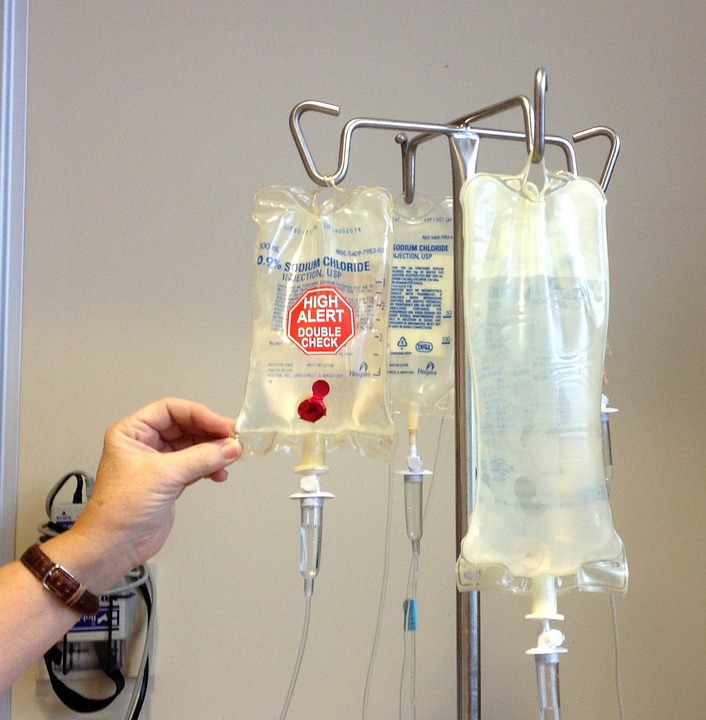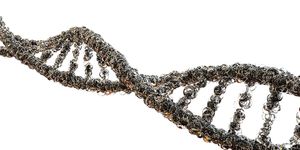Predictive model assesses risk of adverse side effects for chemotherapy patients
New research published in npj Systems Biology and Applications showcases a model capable of predicting which patients will suffer from serious negative health effects during chemotherapy. The model, which was developed at Linköping University, Sweden, uses genetic analysis to identify at-risk patients. Such technology will be helpful in determining which treatment routes are best fitted to individuals and their health.
Working with 96 patients with non-small cell lung cancer, the research team analyzed their complete DNA sequences. All of the patients had received treatments of gemcitabine/carboplatin, the common combination treatment for lung cancer. This treatment is known to provoke life-threatening side effects on the bone marrow during treatment in 25% of patients. Bone marrow is particularly sensitive to chemotherapy drugs that are designed to kill rapidly growing cells – which are cancer cells most of the time, except for the case of rapidly formed blood cells formed in the bone marrow.
By sequencing the genomes of the patients participating in the study, the researchers wanted to hone in on the genes that direct an individual’s toxicity response to chemotherapy treatment. Understanding such patterns would help medical providers adjust treatment based on individuals’ genomes, for improved precision medicine.
As the researchers report, they were able to pinpoint these genetic factors in their analysis. "It's extremely interesting that the genes involved are associated with cell division, in particular in the bone marrow. We managed not only to predict side effects for the patients but also show that the model is biologically relevant," says Henrik Gréen, professor at the Department of Biomedical and Clinical Sciences, Linköping University.

In future investigations, the team hopes to continue testing their prediction model so that it can one day be used in the clinical setting. "We want to work towards establishing a standard within translational bioinformatics, and show that the same type of method can be applied in several medical situations. The patient material here may appear to be small, but we have even so demonstrated that this approach can be used to predict the severity of side effects for patients," concludes lead investigator Mika Gustafsson, senior lecturer in the Department of Physics, Chemistry and Biology at Linköping University.
Sources: npj Systems Biology and Applications, Science Daily








